Unusual Companions
meslgh
10 years ago
Featured Answer
Comments (49)
jerijen
10 years agolast modified: 9 years agoRelated Discussions
Ginkgo companion plants?
Comments (6)Thanks for the suggestions. Actually when I input my zip code it came up as USDA hardiness zone 7 which I changed in the profile. The area is flat lawn facing SW. The neighbours across the street have Doug Firs in their back area which cast afternoon filtered shade, affecting my yard. We are at the end of a dead-end lane so there is only local traffic. In winter it is usually grey or raining. We do get about 4-inches of snow in Feb/March. The house is early cottage/ranch bungalow (built 1950)which lends itself well to a kind of Asian bungalow look. So far on my list: Dwarf Nandina "Gulf Stream", Japanese Blood Grass, Japanese Forest Grass, possibly the groundcover Cornus, Erythronium bulbs (Pagoda) for Spring, I was also thinking of a Sike's dwarf Hydrangea. Ferns: Deer Fern, Maidenhair Fern. Yes, some dwarf conifers would be nice too. With so much gold I wonder if a blue-ish conifer would look nice. Also possibly a dwarf Mahonia. The area gets late afternoon shade however the Forest Grass seems to be doing quite well so maybe other shade loving plants might be okay too. My other Deer Fern are growing like crazy and they get sun most of the day in spite of references claiming it is a shade-loving plant. And yes, I have the Houttuynia in the ground. It grows nicely in the spring/summer and dies right back in the winter. I don't mind it spreading where it is currently placed and it pulls up easily enough. Hadn't thought of evergreen azaleas...I was actually looking for Exbury Azaleas yesterday....See MoreISO Advice- Reforestation - Nurse Trees, Companions
Comments (41)Thanks for your help, suggestions and encouragement. I'm sorry I wasn't able to respond promptly. We put out a new product this week - this involves a great deal of extra time and work for everyone. Getting back to the subject - Spruce: I'm sure you think I'm a nut case or an idiot but some of these concepts are difficult to grasp and internalize until you observe them firsthand. I've read about forest succession and how it unfolds over hundreds of years but I've never observed it nor have I tried to create a forest. I'm trying to find ways to bypass some stages - as you say "trying to grow a forest that is like a mid or late stage in the forest succession, without going through all the stages that lead up to it." At times, I've been confused by conflicting advice - for example, whether to use loblollies as a nurse tree. In any group, people will disagree. It's my responsibility to find more information to resolve the question or clarify the issue. I asked our forester this question. He advised me to use loblollies as nurse trees until oak seedlings are 3-4 feet tall - once they reach that height, the pines may cast too much shade. If this happens, they need to be removed. In another thread, you also recommended using black locusts as nurse trees, chopping them back as needed, so I did order black locusts. Given the type of shade they cast, it may not be necessary to remove them - I'll wait and see. Alabama & Sherry: Thanks for the posts about hardwoods growing under and around pines. I was beginning to think I'd lost my mind. I've decided that trees grow differently around the country and under different conditions - and that there are no one-size-fits-all answers to questions. Sherry: Why do I think you just got your 2008 FF catalog? So did I but I'm afraid to open it - too much going on right now. The seedlings I ordered from the NC nursery arrived 3 days ago - 2 weeks early - and they sent an additional 200 Atlantic white cedars that I didn't order. I've called but haven't heard back from them so I'm trying to keep the cedars cool. You said you ordered two nyssa biflora/swamp blackgum from FF. How would you describe these trees? I ordered 20 nysssa biflora seedlings, in addition to 50 Nyssa sylvatica seedlings. I have a wet area and thought N. biflora would be happy there, along with bald cypresses, Atlantic white cedars, maybe some red maples. I'm not familiar with the the Jefferson Elm. I'm working on an order from Mail Order Natives (I am a nut case!). In addition to Carpinus caroliniana, I'm looking at A. saccharum var. floridana, Acer saccharum var. leucoderme (Chalk maple), and Pistachia chinensis (Chinese pistache). She has Magnolia asheii - that's been on my list for years, and Magnolia macrophylla (Big Leaf Magnolia) but I think they both need more shade and protection than I can offer right now. I really need some big fast growing Magnolia grands to screen my neighbor's sheds across the pond. QM: I haven't received the seedlings from Indian Mound yet. They should arrive around Feb 15. But NC sent seedlings two weeks early so you never know. I'll let you know when they arrive. Take care, Pam...See MorePlantagenea's companion.....
Comments (2)Nice, Josephine. I love orange in the garden. Is that a sedum in the background? If so, it contrasts well with the poppy. I've lost any poppies I ever grew, so I liked seeing yours. Hope you show it again when it's completely open....See MoreDarrell Probst
Comments (1)I agree- Probst has a spectacular selection of epimediums, and really well grown plants. He really is the expert on epis....See Morecath41
10 years agolast modified: 9 years agomeslgh
10 years agolast modified: 9 years agobluegirl_gw
10 years agolast modified: 9 years agoKippy
10 years agolast modified: 9 years agobluegirl_gw
10 years agolast modified: 9 years agolucas_tx_gw
10 years agolast modified: 9 years agojacqueline9CA
10 years agolast modified: 9 years agoUser
10 years agolast modified: 9 years agoLynn-in-TX-Z8b- Austin Area/Hill Country
10 years agolast modified: 9 years agoingrid_vc so. CA zone 9
10 years agolast modified: 9 years agobluegirl_gw
10 years agolast modified: 9 years agoUser
10 years agolast modified: 9 years agomeslgh
10 years agolast modified: 9 years agobluegirl_gw
10 years agolast modified: 9 years agoArbutusOmnedo 10/24
10 years agolast modified: 9 years agoingrid_vc so. CA zone 9
10 years agolast modified: 9 years agonanadollZ7 SWIdaho
10 years agolast modified: 9 years agonanadollZ7 SWIdaho
10 years agolast modified: 9 years agonanadollZ7 SWIdaho
10 years agolast modified: 9 years agonanadollZ7 SWIdaho
10 years agolast modified: 9 years agolou_texas
10 years agolast modified: 9 years agoUser
10 years agolast modified: 9 years agolou_texas
10 years agolast modified: 9 years agobluegirl_gw
10 years agolast modified: 9 years agonanadollZ7 SWIdaho
10 years agolast modified: 9 years agoodinthor
10 years agolast modified: 9 years agoingrid_vc so. CA zone 9
10 years agolast modified: 9 years agolesmc
10 years agolast modified: 9 years agoPoorbutroserich Susan Nashville
10 years agolast modified: 9 years agonanadollZ7 SWIdaho
10 years agolast modified: 9 years agonanadollZ7 SWIdaho
10 years agolast modified: 9 years agonanadollZ7 SWIdaho
10 years agolast modified: 9 years agoUser
10 years agolast modified: 9 years agoPoorbutroserich Susan Nashville
10 years agolast modified: 9 years agoUser
10 years agolast modified: 9 years agoPoorbutroserich Susan Nashville
10 years agolast modified: 9 years agobluegirl_gw
10 years agolast modified: 9 years agomeslgh
10 years agolast modified: 9 years agocath41
10 years agolast modified: 9 years agoUser
10 years agolast modified: 9 years agoodinthor
10 years agolast modified: 9 years agonanadollZ7 SWIdaho
10 years agolast modified: 9 years agoIspahan Zone6a Chicago
10 years agolast modified: 9 years agolou_texas
10 years agolast modified: 9 years agomariannese
10 years agolast modified: 9 years agoCurdle 10a (Australia)
10 years agolast modified: 9 years agonanadollZ7 SWIdaho
10 years agolast modified: 9 years ago
Related Stories
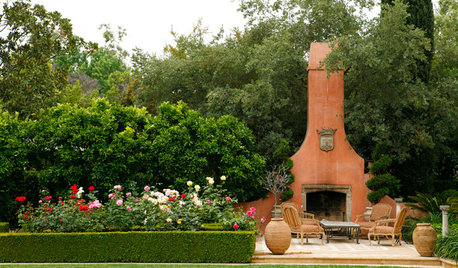
LANDSCAPE DESIGNMake Your Roses Even More Beautiful With These Companion Plants
Nourish your rosebushes and create a visual feast with these 7 classic and unexpected plant pairings
Full Story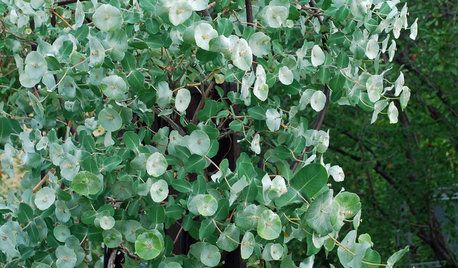
BLUE AND GRAY FOLIAGEGreat Design Plant: Kintzley's Ghost Honeysuckle
Looking for a versatile plant with beautiful color and texture? This unusual honeysuckle may be just the ticket
Full Story
GARDENING GUIDES6 Unsung Bulbs for Fall Planting
Don't hang up your spade after summer — plant these unusual bulbs in fall for a spectacular spring show
Full Story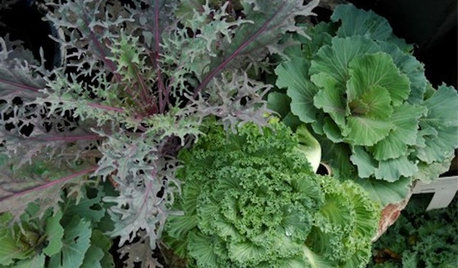
WINTER GARDENINGGreat Design Plant: Ornamental Cabbage and Kale
Yes, you can actually eat them. Or you can just marvel at their striking, unusual foliage during all four seasons in the garden
Full Story
LIFEThe Absolute Right Way to Hang Toilet Paper. Maybe
Find out whether over or under is ahead in our poll and see some unusual roll hangers, shelves and nooks
Full Story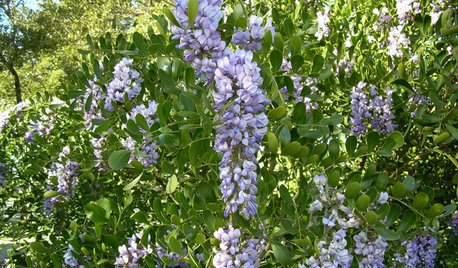
GARDENING GUIDESGreat Design Plant: Texas Mountain Laurel
An unusual scent and lush violet-blue blooms make this heat-loving plant a singular choice for your landscape
Full Story
HOUZZ TOURSHouzz Tour: A Frank Lloyd Wright Home, Lovingly Restored
In a 15-year labor of love, one dedicated Ohio couple focuses on conserving over remodeling, protecting an architectural legacy
Full Story
FOLIAGEGreat Design Plant: Foxtail Fern
Not actually a fern, this vivid member of the asparagus family has a distinctive appearance to awaken a garden year-round
Full Story
FUN HOUZZIn Praise of Silliness
These 16 distinctive spaces are seriously fun. See if any encourage your inner child to break free
Full Story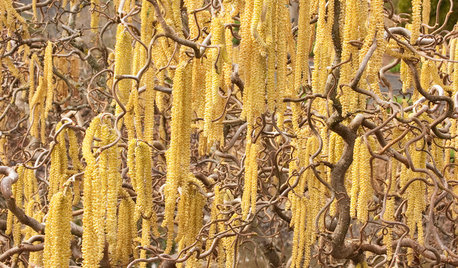
GARDENING GUIDESGreat Design Plant: Harry Lauder's Walking Stick
"Gnarly" is a compliment here — a twisted form and yellow catkins make this plant unforgettable in the winter landscape
Full Story



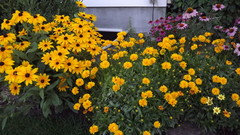
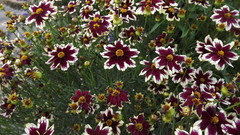
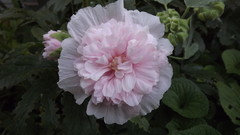
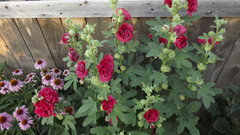
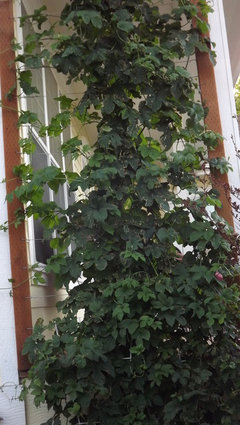
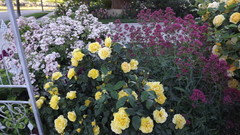

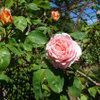


wirosarian_z4b_WI